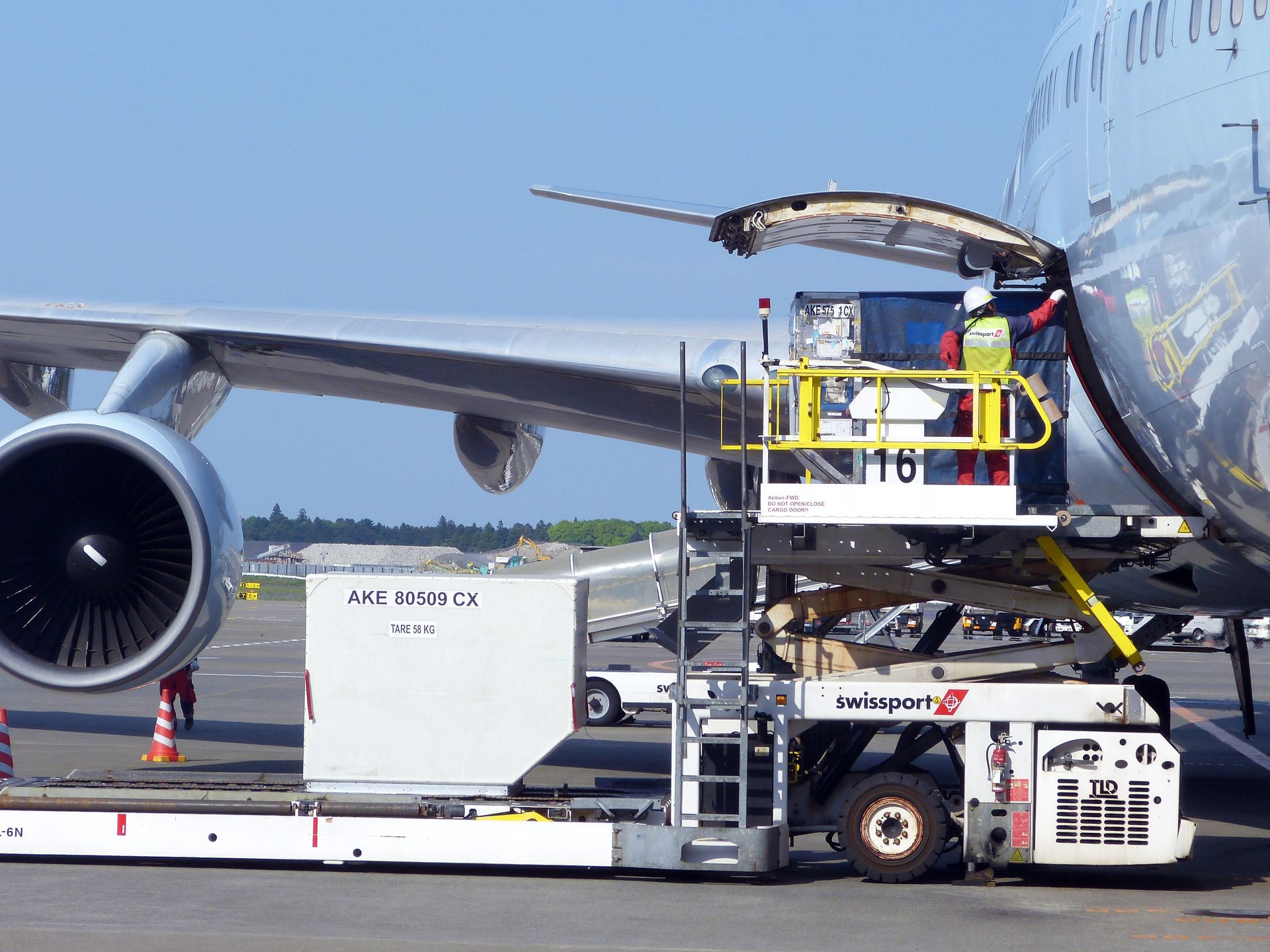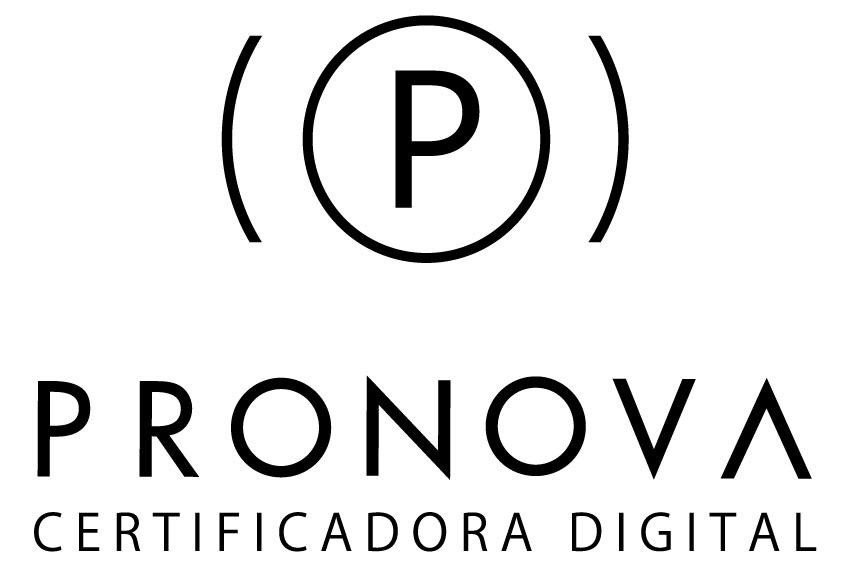Why does an importer need commodity codes?

For products imported from outside the European Union, commodity codes are required for customs import declaration. Each product has a unique commodity code. With the commodity code, customs determines the import duty rate for your product. International entrepreneurs often refer to the commodity code as the HS code. You can find commodity codes in various systems, such as the online customs tariff.
Customs and commodity codes
Customs classifies products into commodity codes, unique combinations of numbers. For example, you use commodity code 9615 11 00 00 when importing plastic combs from outside the European Union and code 6601 10 00 00 for garden parasols. When importing products, you submit a declaration to customs. Usually, the carrier or customs broker handles this, filling in the commodity codes in the declaration.
Import duties and import measures
When importing a product, you generally need a ten-digit commodity code. Customs uses this code to calculate the import duties and VAT to be paid. For plastic combs, you might pay 2.7% import duties, and for garden parasols, it could be 4.7%. Customs calculates import duties on the customs value, including the product price, transportation costs, and insurance up to the EU border upon entry.
The commodity code also indicates whether there are import measures for your product, such as the need for an import license, health certificate, or other documents. Or whether there's an import ban on the product, for instance, due to EU sanctions against a country, company, or individual.
Commodity codes, HS codes, and Taric codes
As an importer, you encounter different terms for commodity codes, such as HS codes and Taric codes. When importing into the European Union, you need a ten-digit commodity code, also known as a Taric code. Therefore, 6601 10 00 00 is the Taric code for garden parasols. Some products have Taric codes with more digits, especially those subject to antidumping duties, an additional charge on import duties.
HS code stands for Harmonized System code, developed by the World Customs Organization. Over 200 countries use the same HS codes for products. An HS code consists of six digits, and countries can expand it. EU countries expanded six-digit HS codes to ten-digit Taric codes. Hence, the HS code for garden parasols is 6601 10.
Where to find product commodity codes?
You can find commodity codes, along with corresponding import duties and import measures, in the customs tariff. The customs tariff is available on the Dutch Tax and Customs Administration website. Finding the correct code for your product can be challenging at times. In the article "HS codes and searching for commodity codes," you'll find an explanation of how to find HS and Taric codes for leather handbags in the customs tariff.
You can also find commodity codes in My Trade Assistant. My Trade Assistant is part of the European Commission's Access2Markets. In addition to import duties for your product, My Trade Assistant also provides information on product requirements. Watch the video for explanations on how to search for information in My Trade Assistant.
Using incorrect commodity codes
Finding the right commodity code for products is not always easy, for example, because the product is not listed under the standard name in the customs tariff. This may lead to using the wrong commodity code for your product, resulting in incorrect import duty payments or missing necessary documents in your import shipment.
For more certainty about the correct commodity code for your import product, request a Binding Tariff Information (BTI) from the Dutch Tax and Customs Administration.
Fonte: KVK.NL

















